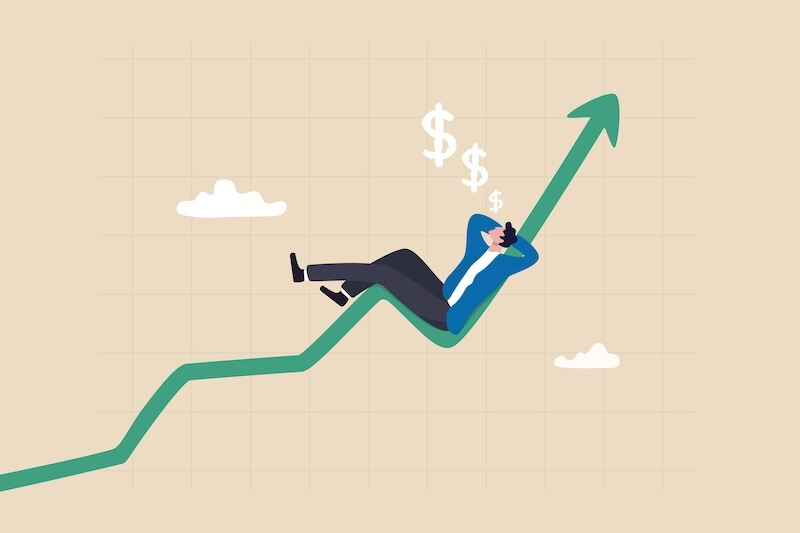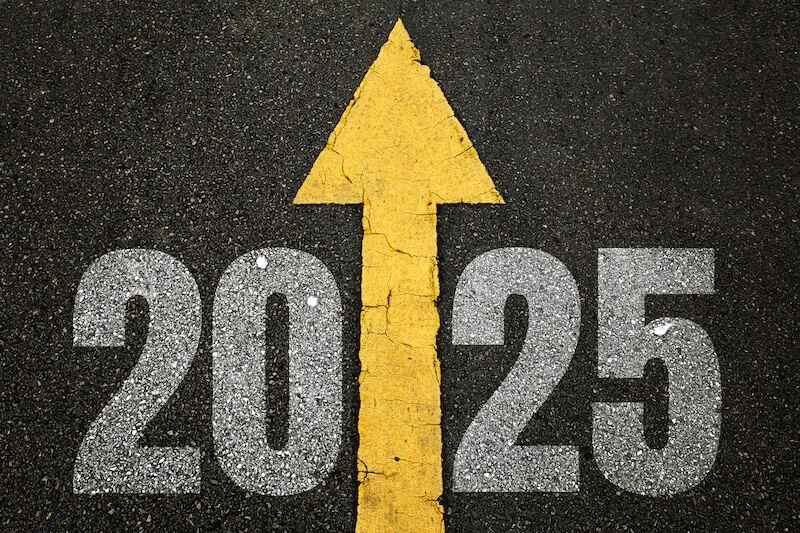At a recent investment conference, an attendee asked a question I’ve heard countless times before…
“Once I reach retirement, how much money should I have in stocks?”
The answer depends, in part, on your age, your health, your monthly overhead, and the size of your portfolio.
So let me touch on these briefly and then provide a valuable, real-world solution. It’s called retirement rebalancing.
Americans today are living longer than ever. If you retire at 65 in reasonably good health, for example, you could be looking at up to three full decades in retirement.
Given a 20- or 30-year time horizon, you need a serious slug of equities to generate a long-term return that comfortably exceeds the rate of inflation.
Because while the level of inflation has declined considerably over the last 18 months, it may rise sharply again in the future, especially a future measured in decades.
(Recall the hyperinflationary late ’70s and early ’80s.)
Yet retirees also face the potential threat of having too much money in stocks. fter all, when you’re young and contributing to your investment portfolio, a bear market gives you wonderful buying opportunities.
But when you’re out of the work force and depending on your investments to supplement your monthly pension or Social Security payments, cashing in stocks during a serious bear market – like the one we experienced during the financial crisis – will result in a significantly smaller portfolio when the market finally rebounds.
How do you avoid this risk? With retirement rebalancing.
Here’s how it works. Instead of thinking about what percentage of your portfolio is in stocks, calculate how much money you need in low-risk bonds and cash to fund your monthly overhead.
Let’s say, for example, that you need $5,000 a month – or $60,000 a year – to cover the difference between any public or private pensions and your monthly overhead.
Then set aside four years’ worth of living expenses or, in this case, $240,000. Here’s why…
The average bear market in the U.S. lasts 15 months. The average decline is 32%. And the average time to recover to the old high is another 2.1 years.
So the average round trip from the beginning of the slide to full recovery is approximately 3 1/2 years.
However, sometimes bear markets are more severe and stocks take longer to recover.
So let’s be conservative and set aside enough money for a four-year round trip from peak to trough to new peak.
When the market is at or near new highs – as it is now – retirement rebalancing means liquidating stocks (not bonds or cash) to pay your expenses and fund that extra year of reserves.
When we’re in a bear market, however, rather than cashing in your stocks at low prices, you pay your expenses out of your four-year reserve.
If the market keeps going down the next year – and the year after – you continue to live off that shrinking reserve and refrain from cashing in your stocks at bear market prices.
When the market finally recovers to new highs, you then “retirement rebalance” once more by cashing in enough equities to restock your four-year reserve.
This is a workable, real-world solution to the perennial question of how much to keep in stocks.
What if you don’t have a portfolio large enough to set aside four years’ worth of expenses?
Then you face a different set of options:
1. Work longer
2. Save more
3. Invest at a higher rate of return
4. Set aside a slightly riskier three- or four-year reserve
5. And/or reduce your living expenses.
But for those who have stuck to the principles we espouse here – starting early, saving regularly, and investing wisely – retirement rebalancing is an effective solution to that age-old retirement conundrum: How much should I have in stocks?
Credit: Source link














